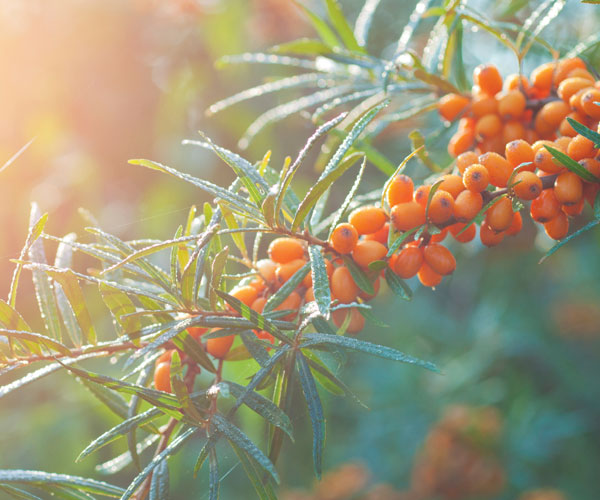Buffaloberry: The New Superfood

Research published in the Journal of Food Science reveals that buffaloberry, a tart red berry, is high in lycopene and methyl-lycopenoate, two antioxidants known to help our health.
How about other up-and-comers like Saskatoon berries, sea buckthorn or blue honeysuckle?
“A lot of them do have a basis in science as to why they’re better,” says Dr. Bob Bors, head of the fruit breeding program at the University of Saskatchewan’s department of plant sciences.
For example, since fruit skin is loaded with healthy compounds, it means a cup of tiny berries – each one wrapped in its own skin – will yield more of these compounds than a cup of, say, pear.
Plus plants traditionally grown farther north tend to contain more potent levels of antioxidants to combat the stress of freezing. “And more colourful fruits are generally more likely to have more interesting compounds,” adds Bors.
Agriculture and Agri-Food Canada reports that the bright orange sea buckthorn berry (above) is packed with more vitamin C than a whole orange.
But does it mean we should be eschewing apples and bananas?
Not necessarily, as every edible plant has a set of compounds that is good for us. “It’s like saying something is high in a vitamin,” says Bors. “Do you really want to eat just one vitamin?”
—Lisa Bendall